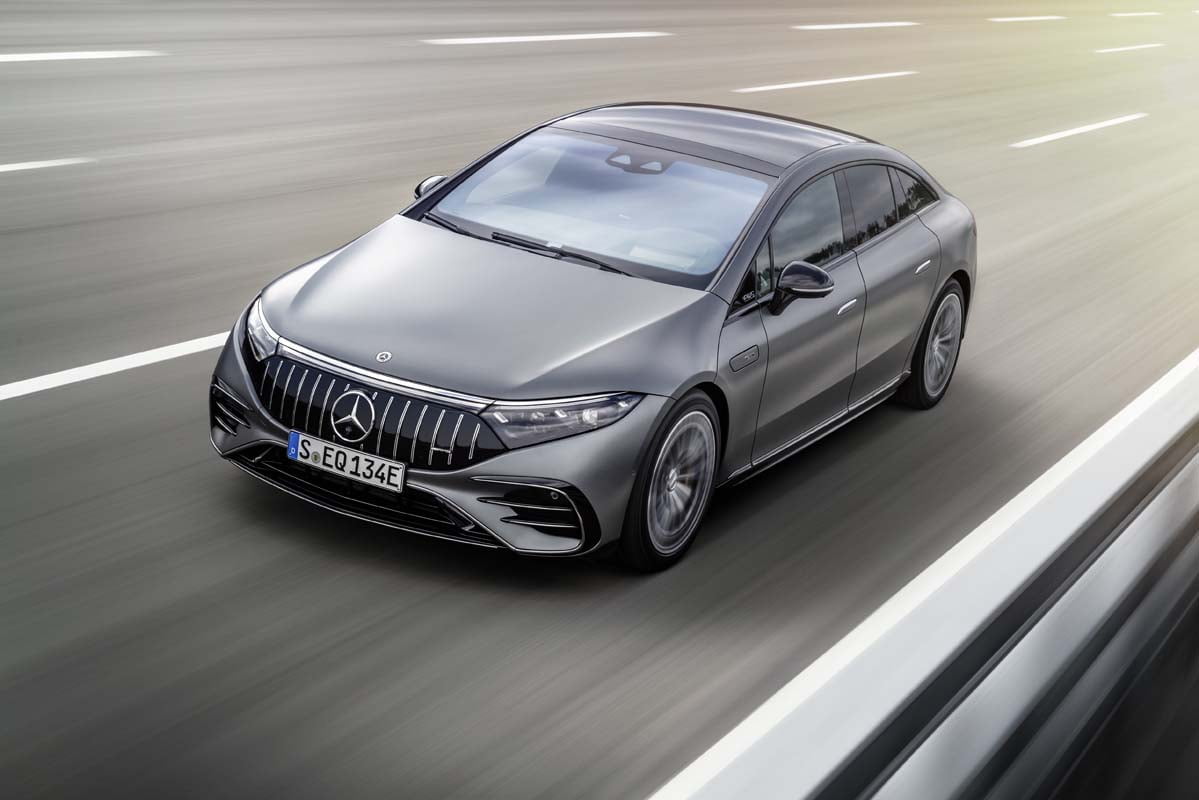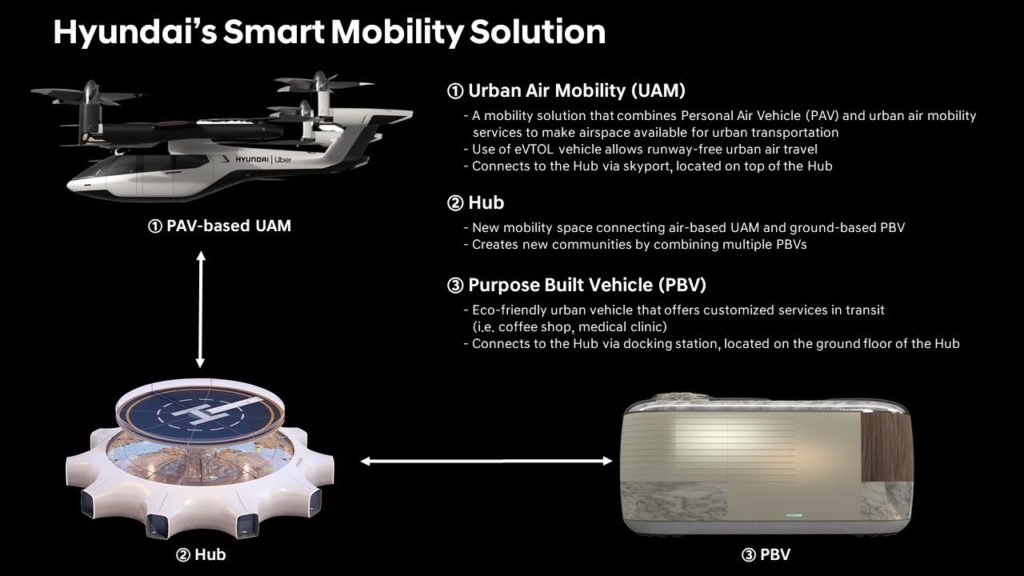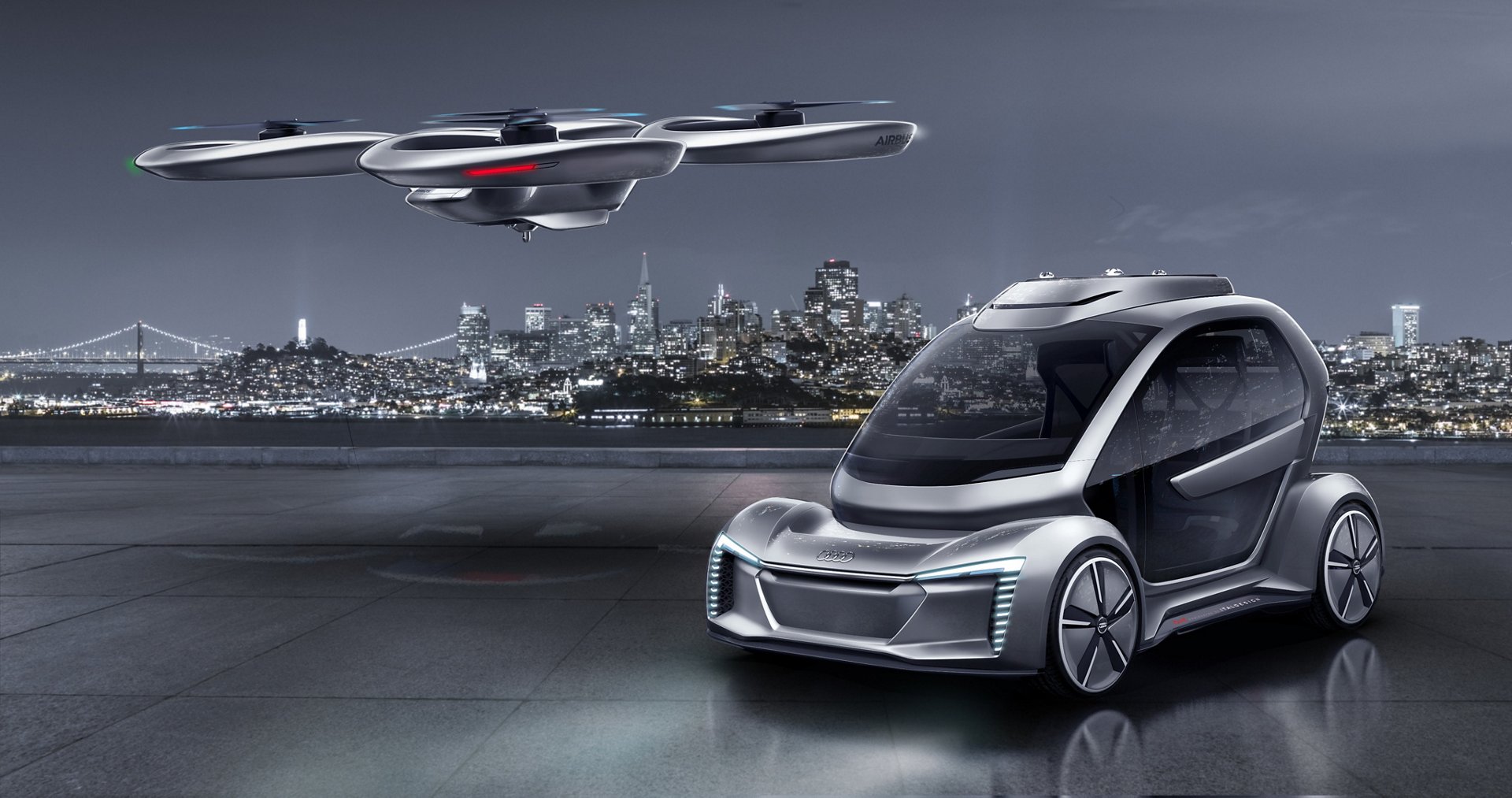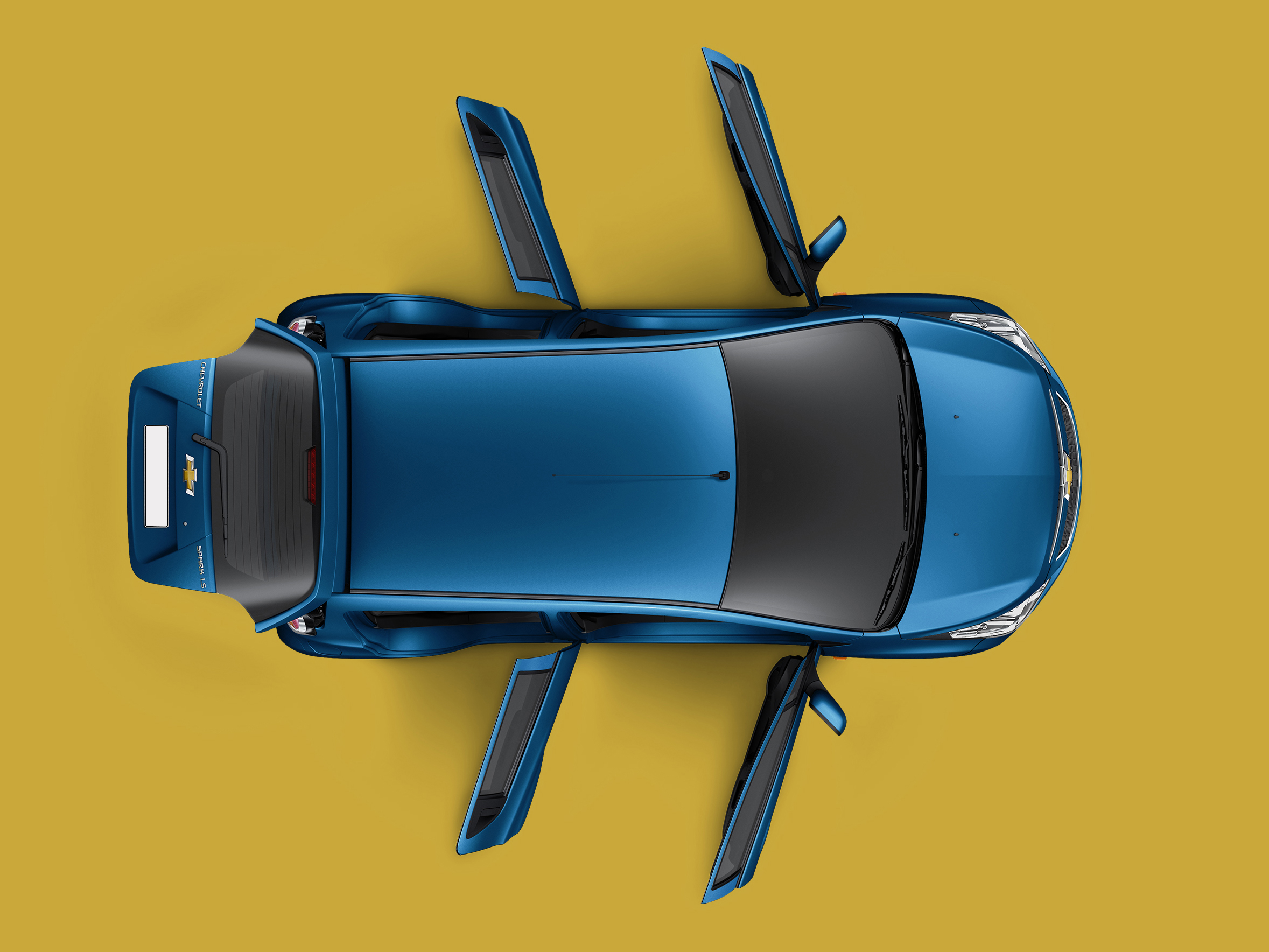For the past few years, the concept of driverless cars and other autonomous vehicles has been developing and was slowly going to be applied to the market. However, the main problems of autonomous vehicles were the safety issues and how to implement the innovation into the law.
According to Ben Lutkevich, from Tech Target, “A self-driving car (sometimes called an autonomous car or driverless car) is a vehicle that uses a combination of sensors, cameras, radar, and artificial intelligence (AI) to travel between destinations without a human operator.”
Lately, some companies began to introduce autonomous vehicles to different markets, such as Cruise with its Robotaxis or Robobus at the Hong Kong airport. In the paragraphs below both cases are described in a more detailed way.
Robotaxis by Cruise Company

Cruise is one of the biggest autonomous vehicle companies that creates advanced driverless cars and services related to it. A few days ago, Cruise CEO Kyle Vogt shared a tweet, which said that the company has introduced its autonomous taxis in the U.S. cities such as San Francisco, Austin, and Phoenix. However, it is currently available only for the “friends and family” of the organisation’s employees.
“We promised we’d go driverless in 3 cities by the end of this year, and WE DID IT! @Cruise is now live in SF, Austin, and Phoenix.” (Kurt Vogt, 2022)
Furthermore, in the end, he added that the company is entering the best years when it comes to driverless vehicles expansion.
“Folks, we are entering the golden years of AV expansion.” (Kurt Vogt, 2022)
Robobus by BYD
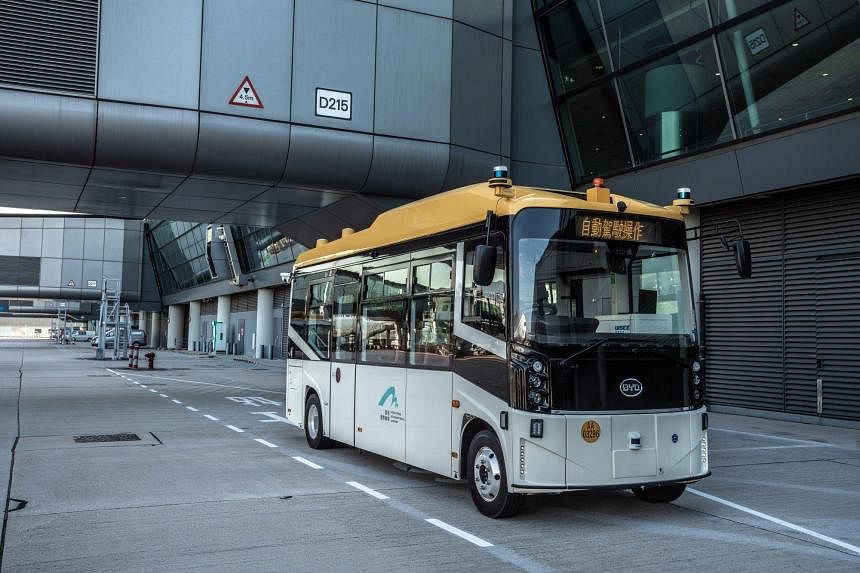
Hong Kong International Airport stated that it is ready to implement driverless shuttle buses to transport passengers between terminals, which are programmed to provide an efficient and convenient way of moving throughout the airport.
“We can carry passengers to and from different destinations – totally driverless”; “For the autonomous technology, we are quite confident because we have been using it for live operations and have had zero accidents” (Chapman Fong, airfield general manager)
By bolting on cameras, sensors, and tracking devices, the Asian financial hub’s main airport has adapted and kitted out an electric bus from Chinese carmaker BYD. (The Straits Time, 2022)
Expansion of the industry
As per the Research Report published by Strategic Market Research, as of 2021, the global [autonomous car] market size was $25.14 billion, growing at a CAGR of 25.7%, and it was forecasted to have a value of approximately $196.97 billion by 2030. (Strategic Market Research, GlobeNewswire, 2022)
From my point of view, a driverless car is an innovative technology, that can cause a serious change in the journeys and travel industry. I think when the autonomous vehicle market will be large enough, the number of road accidents will probably be lower. Vehicles are designed to avoid and predict possible accidents and crashes and, unlike human drivers, the computer will always stay in focus mode when driving. It is common knowledge, that human drivers are likely to drive faster than the speed limit or ignore other road traffic regulations, which computers will not ignore or “not see”.
However, there are some ethical issues related to autonomous vehicles, for example, job loss of taxi drivers, bus drivers, and other driving-related workplaces.
“Each laid-off worker would likely lose on average about $80,000 in lifetime income due to the autonomous driving disruption, for a total loss of about $180 billion for US workers. These adjustments take into account the probable age of workers being dislocated; on average these workers would have about 16 years of labor force participation left in their careers.” (Carolyn Fortuna for Clean Technica, 2022)
To sum up, driverless vehicle technology is one of the first steps into the future of traveling and effective time spent while traveling or in traffic jams. Personally, I find the concept very interesting and futuristic when it comes to technology development. It will for sure take another decade to expand the industry globally.
Thank you for reading, feel free to share your thoughts and opinions about the topic in the comment section.
References
https://www.theverge.com/2022/12/20/23518833/cruise-driverless-taxi-austin-phoenix-waitlist
https://www.bbc.com/future/article/20211126-how-driverless-cars-will-change-our-world
https://cleantechnica.com/2022/01/10/how-will-autonomous-driving-disrupt-workers/

